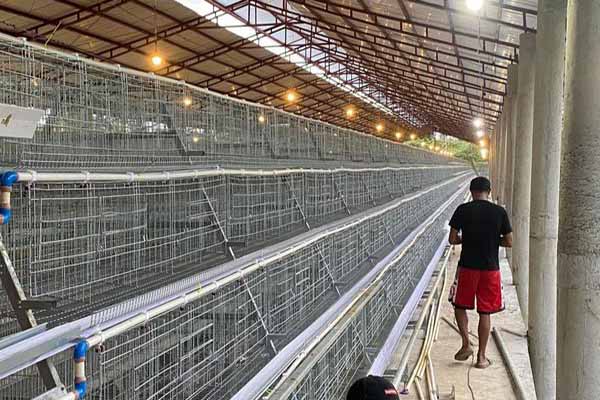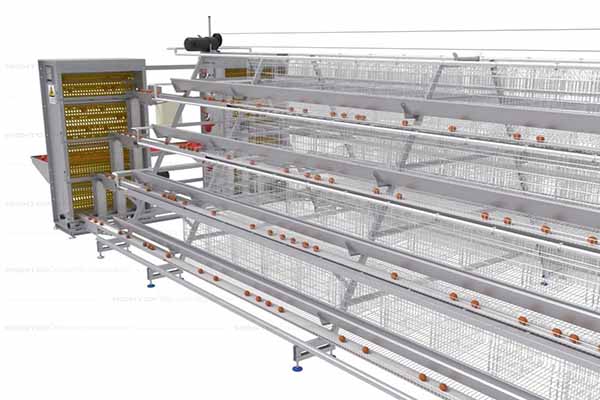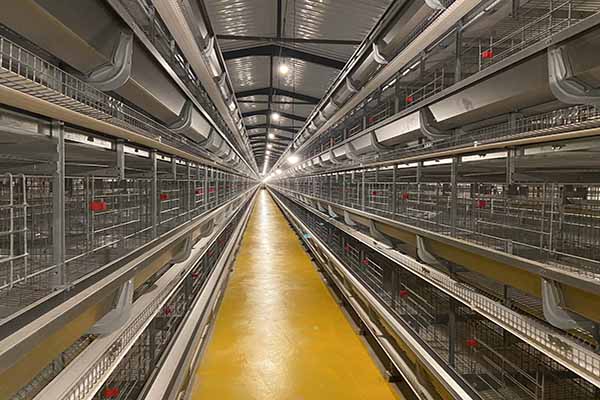Smart Poultry Monitoring System Revolutionizes Chicken Farming in Tanzania with 160,000 Chickens
Chicken farming is a vital industry in Tanzania, with over 160,000 chickens being a common flock size. To manage such a large scale operation efficiently, a smart poultry monitoring system is indispensable. This article delves into the importance of such a system and its benefits for chicken farmers and investors.

Understanding the Smart Poultry Monitoring System
The smart poultry monitoring system is designed to provide real-time data on the health, behavior, and productivity of chickens. Here are some key features of this system:
- Health Monitoring: Early detection of diseases and health issues in chickens, ensuring timely treatment and minimizing losses.
- Environmental Control: Monitoring and adjusting temperature, humidity, and CO2 levels to create an optimal environment for chicken growth.
- Feeding Automation: Automated feeding systems that provide precise feed amounts to chickens, improving efficiency and reducing waste.
- Productivity Tracking: Data on egg production, growth rates, and mortality rates, allowing farmers to optimize their operations.
With a system that can manage up to 160,000 chickens, farmers can ensure that their flocks are healthy, productive, and profitable.
Benefits for Chicken Farmers and Investors
Implementing a smart poultry monitoring system brings numerous benefits to chicken farmers and investors in Tanzania:
- Increased Efficiency: Automation of various tasks reduces labor costs and ensures that chickens receive the care they need 24/7.
- Reduced Costs: Improved monitoring and control over feeding, health, and environment lead to cost savings in the long run.
- Enhanced Productivity: Real-time data allows for immediate adjustments, resulting in higher yields and egg production.
- Investment Attraction: A sophisticated monitoring system can attract investors looking for stable and profitable chicken farming ventures.
Here’s a quick overview of the system’s impact on a typical 160,000 chicken operation:
| Indicator | Current Status | After Implementation |
|---|---|---|
| Health Issues | Manual checks, 5% loss rate | Automated health monitoring, 1% loss rate |
| Egg Production | 50% productivity rate | 65% productivity rate |
| Total Costs | USD 100,000 per year | USD 70,000 per year |
These improvements not only benefit the farm but also the local economy by creating jobs and providing a stable supply of eggs and meat.
Conclusion
Investing in a smart poultry monitoring system for a 160,000 chicken operation in Tanzania can lead to significant improvements in efficiency, productivity, and profitability. If you’re a chicken farmer or an investor looking to optimize your chicken farming business, consider the benefits of such a system.

For more information and to discuss a custom solution for your farm, please leave a comment or contact us at LIVI Mechanical. We offer free chicken farming design plans and equipment quotes.





